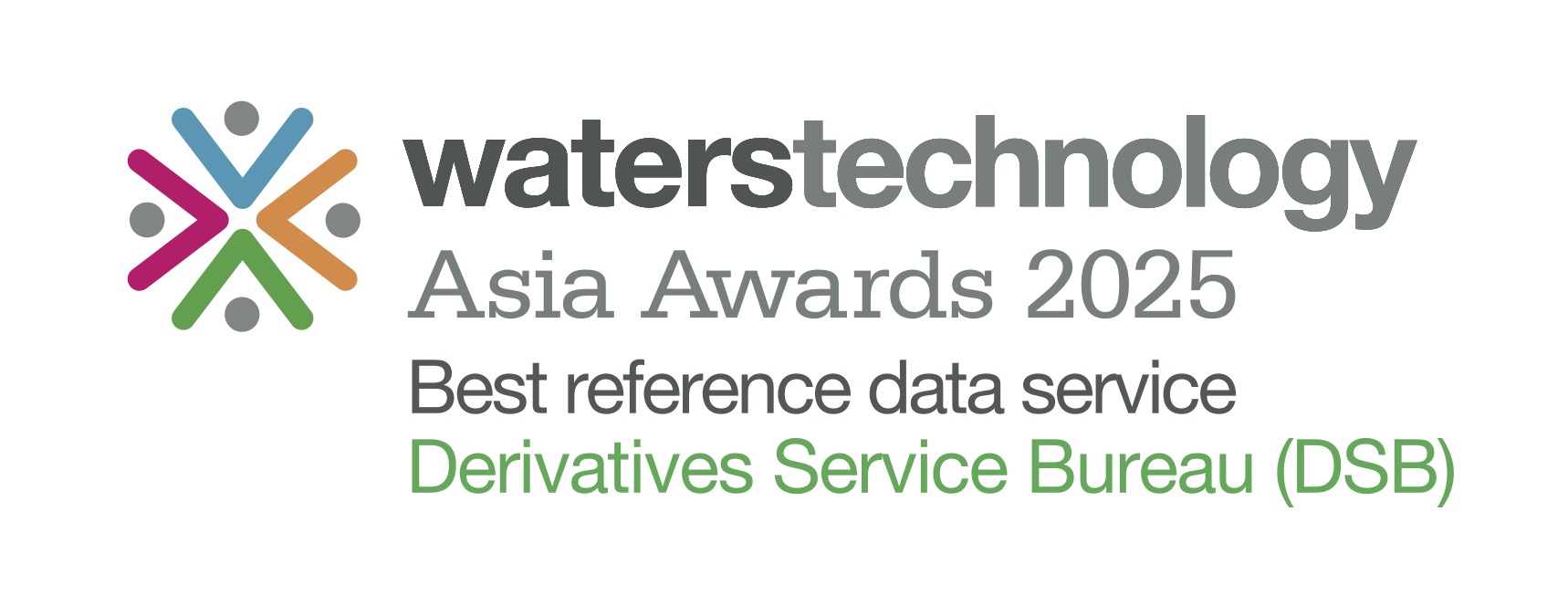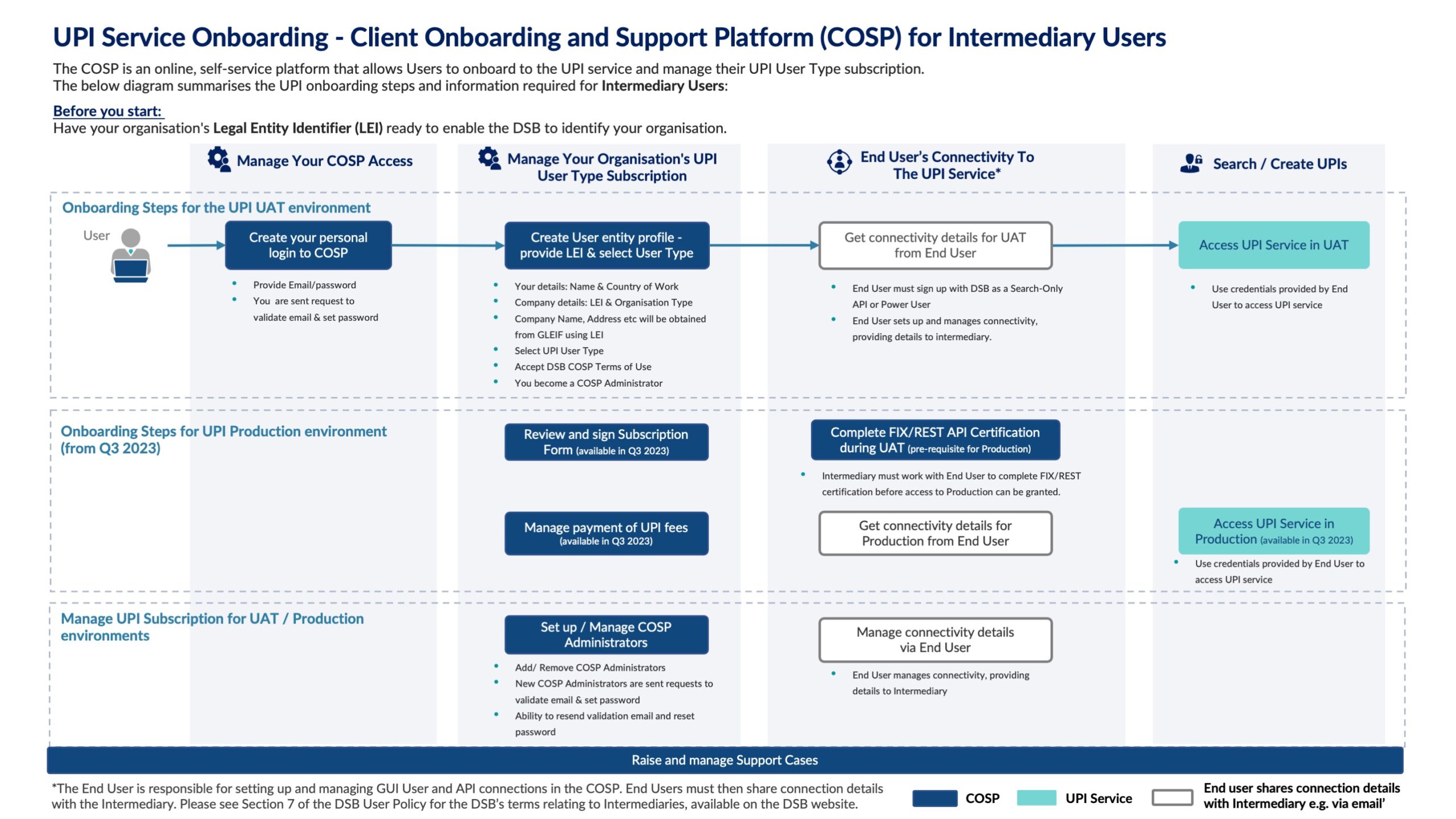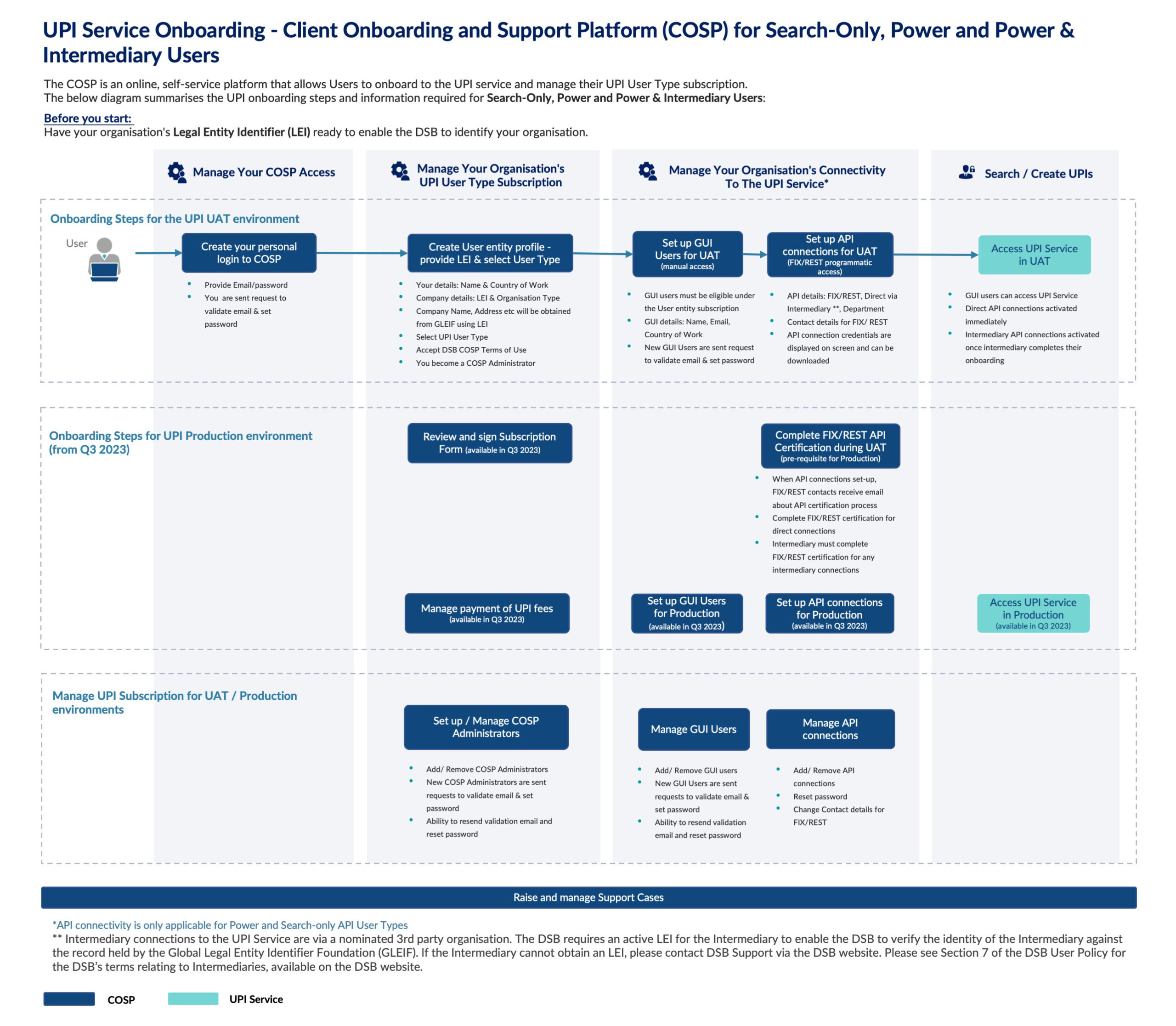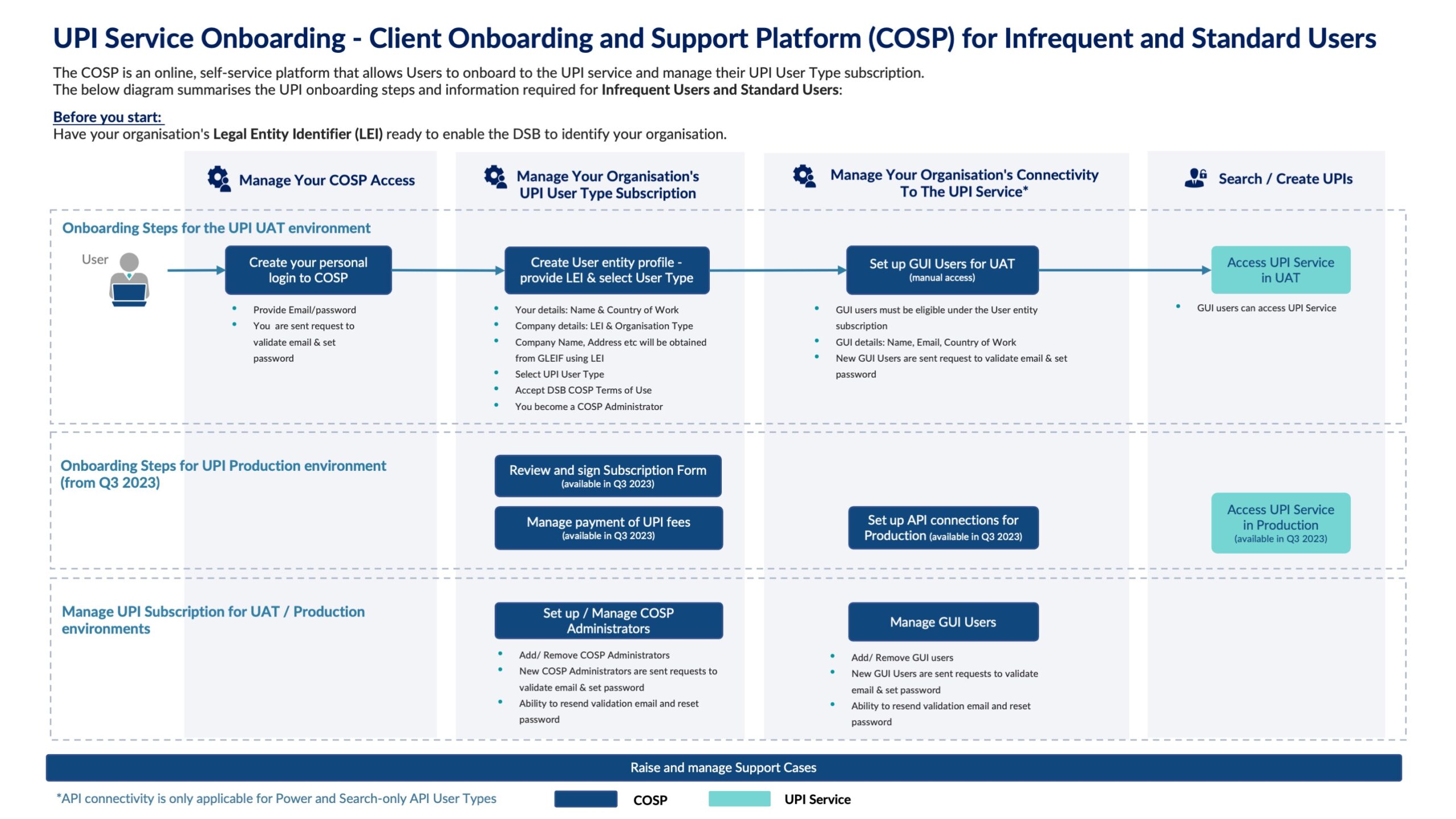First published on Thomson Reuters Regulatory Intelligence on 24 October 2025.
Proposed OTC ISIN modifications, and a look forward to UPI Regulatory Reporting in new jurisdictions
By Catherine Sutcliffe, Head of Regulatory Affairs and Stakeholder Engagement
Nearly two decades after the 2008 financial crisis exposed gaps in regulatory oversight, particularly in over-the-counter (OTC) derivatives transaction reporting, regulators and industry stakeholders have worked extensively to address these weaknesses. Post-crisis reforms have introduced robust rules designed to enhance transparency, strengthen risk management and protect market integrity.
Now, attention on both sides of the Channel is turning to the next phase: streamlining and refining financial transaction reporting. The European Securities and Markets Authority (ESMA) recently issued a call for evidence on simplification of financial transaction reporting, and the UK Financial Conduct Authority (FCA) is expected to launch a consultation shortly as a follow-up to its discussion paper on improving the regime (DP24/2).
At the core of these efforts is a key challenge: how to make reporting more efficient, reducing the reporting burden for firms, while maintaining or ideally improving data quality.
Balancing simplicity, accuracy
A central theme of ESMA’s call for evidence is the potential transition from dual-sided reporting under EMIR and SFTR to single-sided reporting. While dual-sided reporting enables cross-verification between counterparties and helps identify discrepancies, it also introduces duplication and operational costs. Industry responses suggest broad support for a shift to single-sided reporting, but a particular concern for regulators is that such a move should avoid compromising data quality. The Derivatives Service Bureau (DSB) has undertaken analysis to explore how existing, standardised identifiers, specifically the OTC International Securities Identification Number (OTC ISIN) and the Unique Product Identifier (UPI), can preserve accuracy in simplified reporting structures.
Role of ISO standard identifiers in post-crisis reform
ISO standard identifiers have played a central role in post-crisis financial reform by enabling consistent and standardised reporting across jurisdictions and asset classes. In response to the G20 mandate, both the UPI and the Legal Entity Identifier (LEI) were developed.
In parallel, the EU and UK introduced the OTC ISIN as part of their post-crisis regulatory frameworks to identify OTC derivatives in transaction reporting, particularly to support the detection and investigation of potential market abuse. From its inception, the OTC ISIN was designed to align with the CPMI-IOSCO UPI Technical Guidance, which states that “the UPI could be leveraged to create other
more granular derivatives identifiers for other purposes.” Accordingly, the UPI dataset is a subset of the OTC ISIN dataset.
By using ISO standard identifiers, the underlying data provided by firms is cleansed and normalised, ensuring greater consistency and harmonisation across reporting regimes.
More broadly, ISO identifiers are designed to work together as a cohesive system. The OTC ISIN (instrument identifier) and the UPI (product identifier) both incorporate other ISO standards where applicable. For example, the Classification of Financial Instruments (CFI) is used to ensure consistent categorisation of instruments/products, and the LEI is used to identify the underlying legal entity
where relevant, such as in single-name credit default swaps.
Fewer data points, higher consistency
Minimising the number of data points required for reporting can reduce interpretation challenges, inconsistencies and errors. ESMA’s analysis of June 2023 EMIR data found that when fewer data points were required, the rate of consistent reporting was significantly higher (i.e., 88% compared with 63%).
The DSB’s analysis highlights that the choice of identifier directly affects the number of separate data fields firms must report. As a more granular identifier, the OTC ISIN can encapsulate up to seven additional data attributes compared to the UPI for certain OTC derivatives.
A further distinction is seen in the treatment of OTC derivative baskets. For basket products comprising multiple underlying instruments, the OTC ISIN embeds information about the constituents, unlike the UPI. In one DSB sample, basket products had an average of 38 constituents, with a range spanning from two to 2,347.
The DSB also examines the impact of targeted revisions to identifiers. It estimates that implementing the revised OTC ISIN for interest rate swaps (IRS), in line with the European Commission Delegated Act on OTC derivative identifying reference data, could significantly reduce the number of unique OTC ISINs. Under the revised approach, the interest rate swap OTC ISIN would exclude the expiry date and include additional data elements. This change would eliminate the need for daily generation of new ISINs, replacing it with a single one for each distinct interest rate swap OTC derivative, as defined by market conventions. For fixed-floating interest rate swaps, this could result in a 96% to 99% reduction in the number of ISINs created.
Comparable instruments
The DSB also assessed derivatives with similar risk profiles and characteristics across both exchange-traded derivatives and OTC markets, focusing on whether the identifiers used enable consistent, comparable data for analysis and reporting.
For example, a comparison has been undertaken on exchange-traded derivative bond futures with OTC bond forwards, as well as exchange-traded derivative and OTC single-name equity options, examining the data embedded within their respective identifiers.
In each case, the OTC ISIN contains the same key data attributes as the ISIN used for the equivalent exchange-traded derivative instrument. This ensures that authorities and market participants can effectively compare OTC and exchange-traded derivative
instruments. In contrast, the UPI as a product-level identifier fails to embed all these data attributes, so additional information must be reported separately.
Smarter, simplified, high quality
As financial authorities continue to refine post-crisis reporting frameworks, the strategic use of robust identifiers will be critical. Data analysis demonstrates that well-designed identifiers can enable a more streamlined, simplified reporting model without compromising data quality.
Reporting key data elements separately, rather than embedding them within identifiers, increases the risk of errors and misinterpretation.
The next phase of regulatory evolution requires no trade-off between efficiency and accuracy. With the thoughtful integration of interoperable and standardised identifiers, the industry can deliver both.












